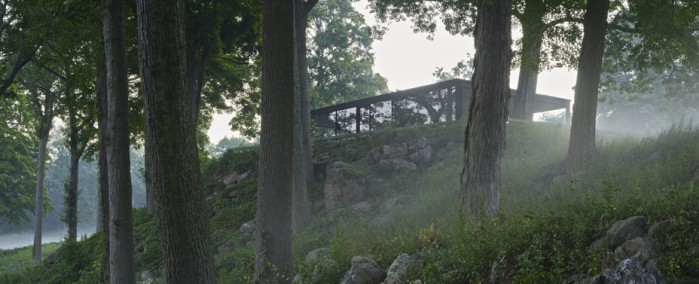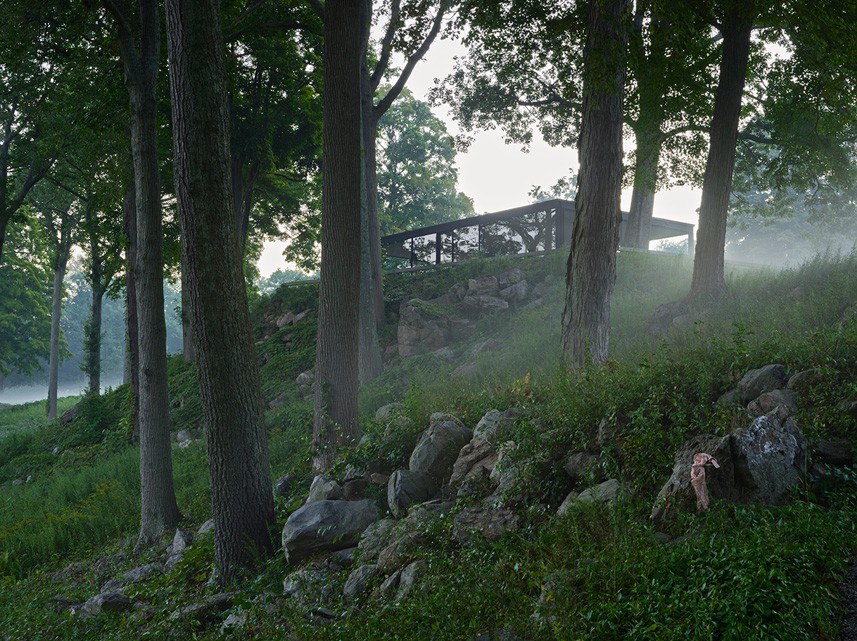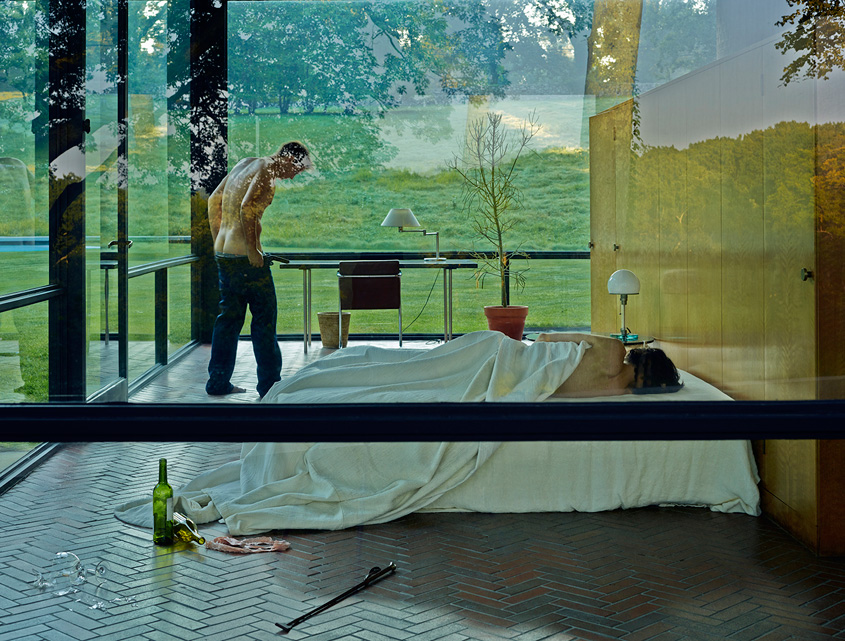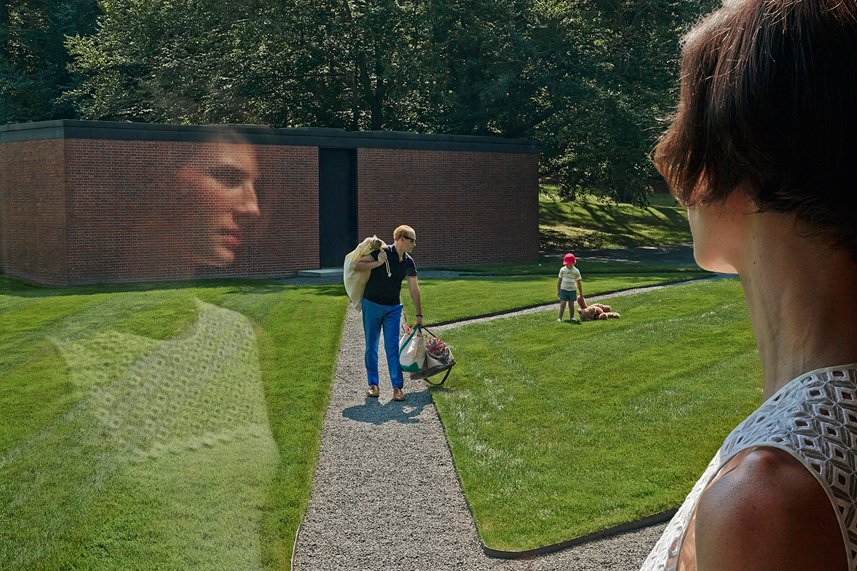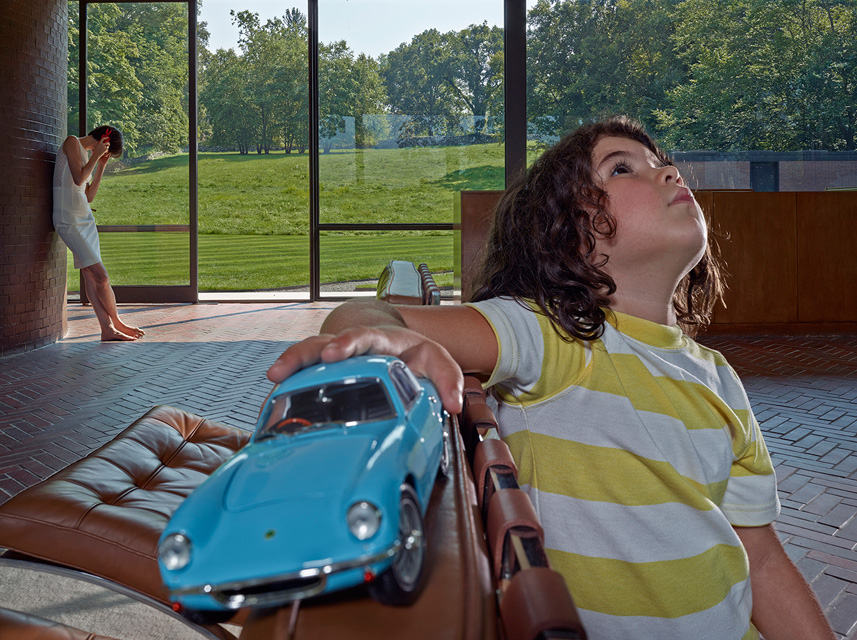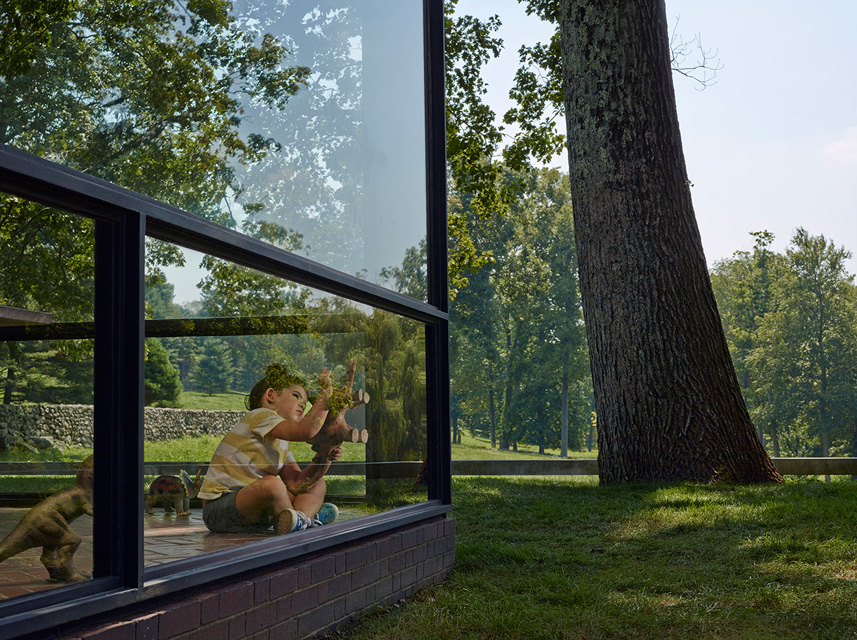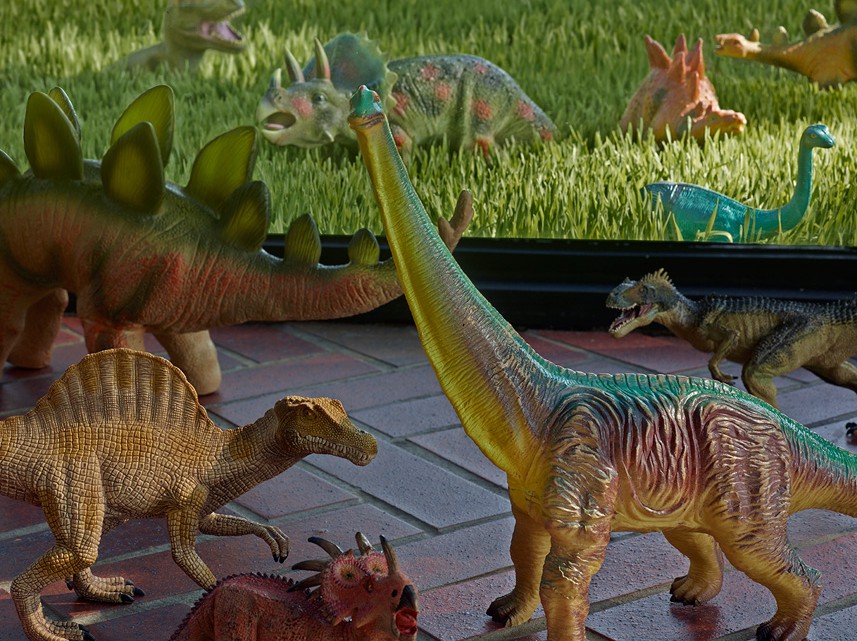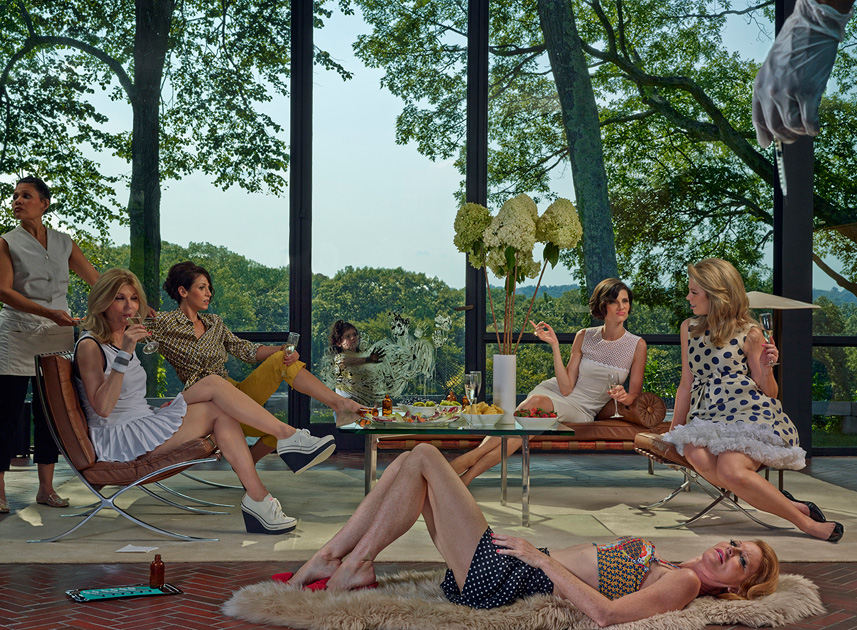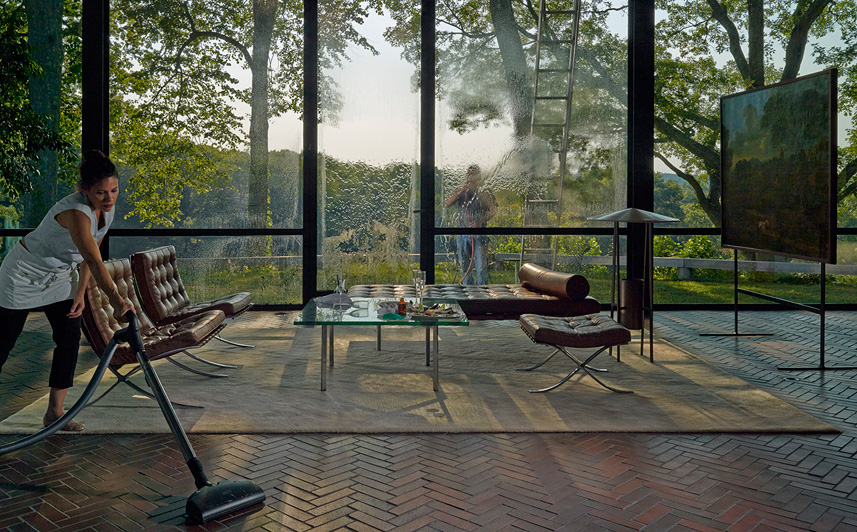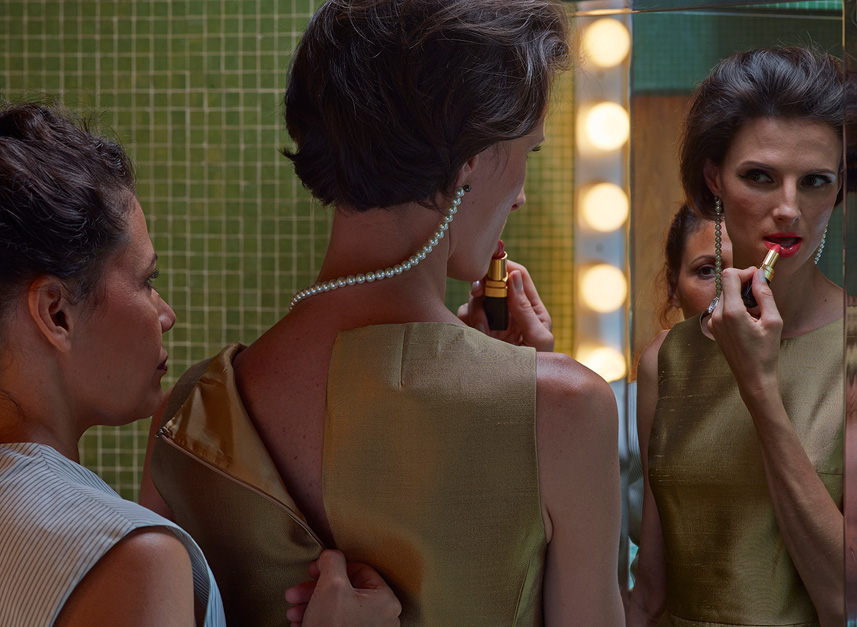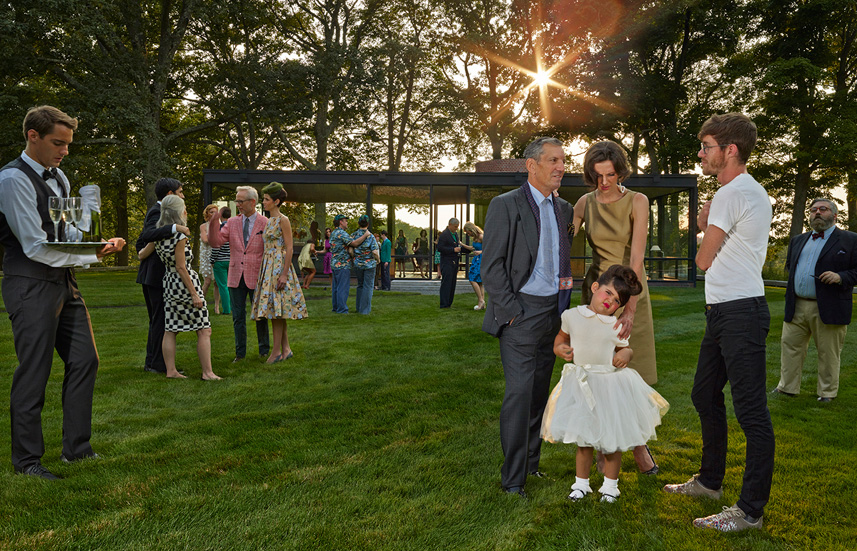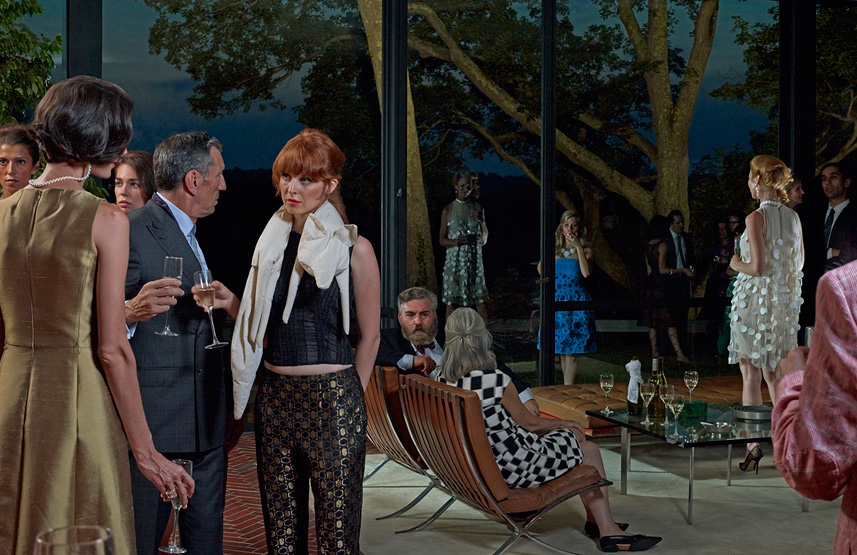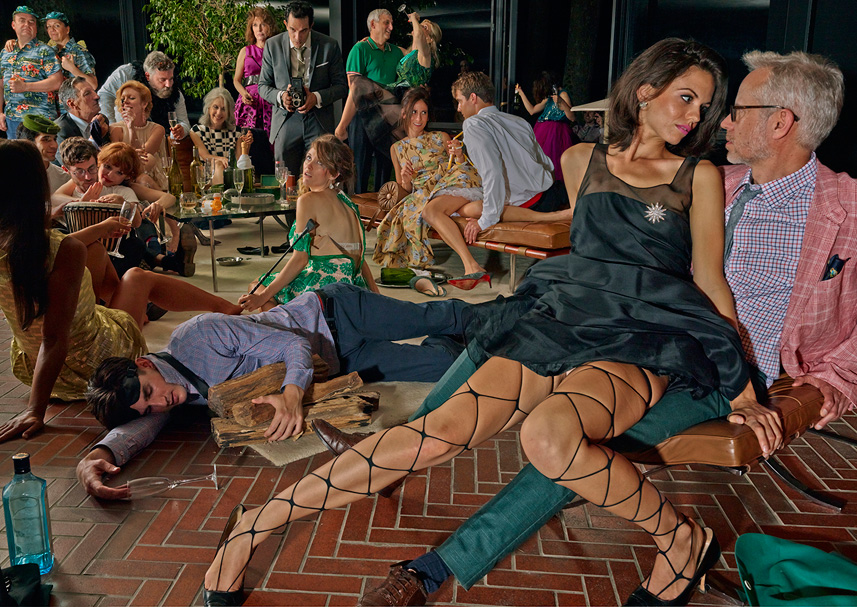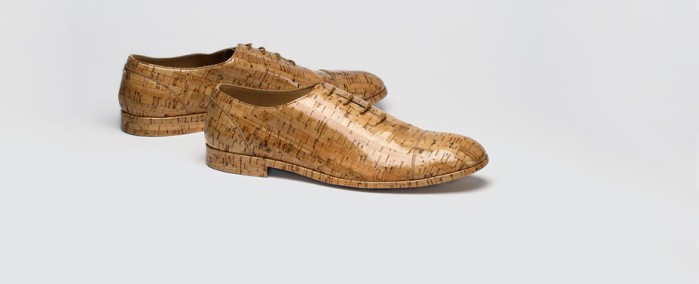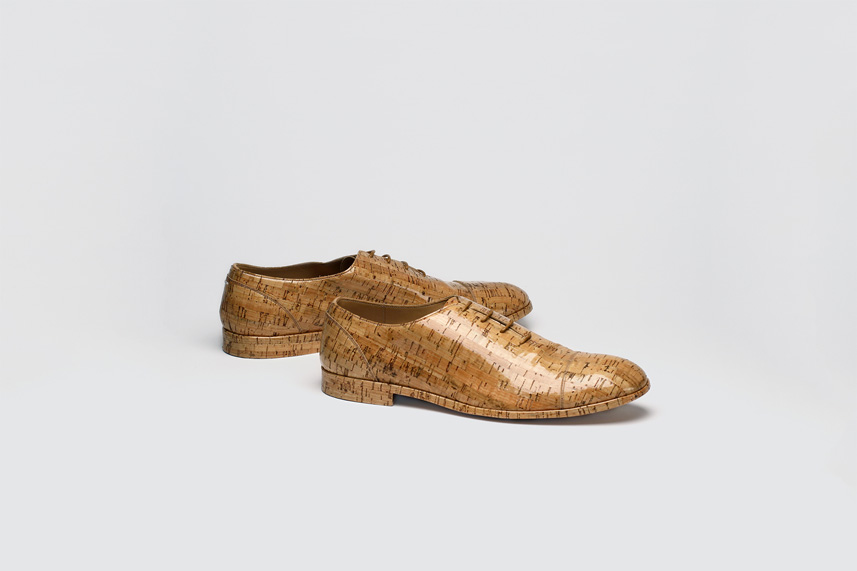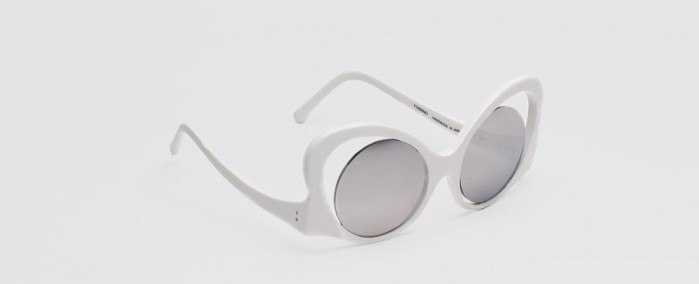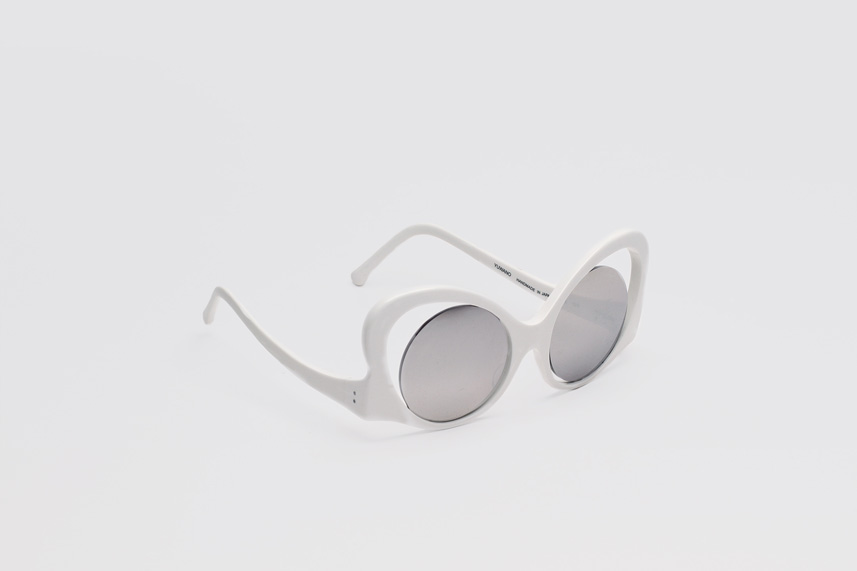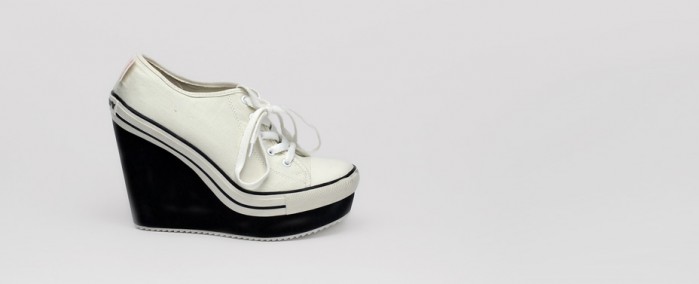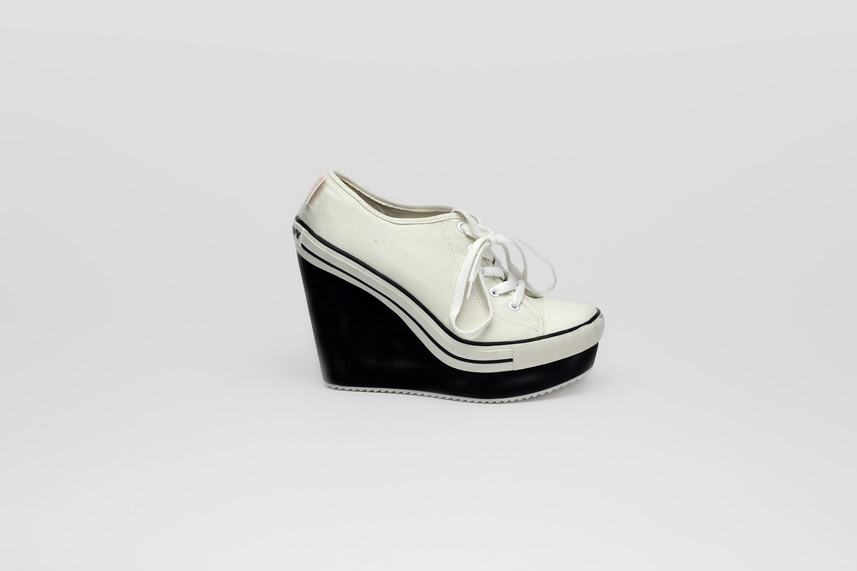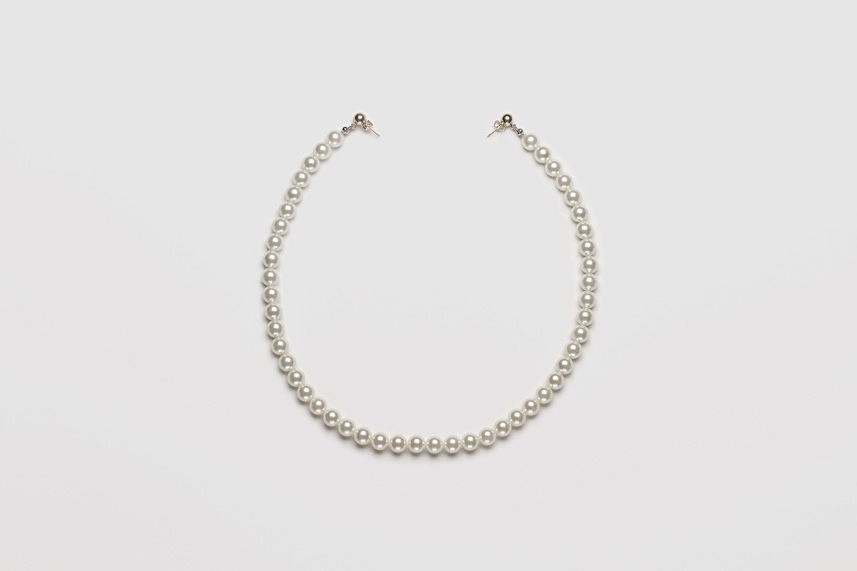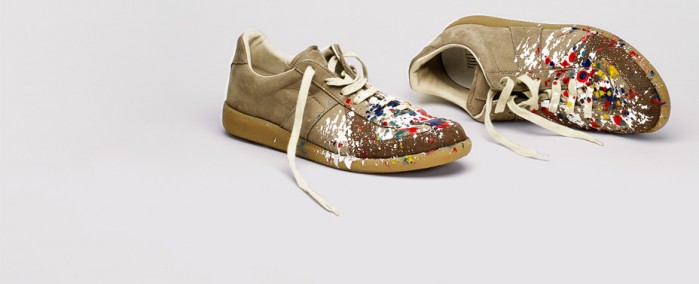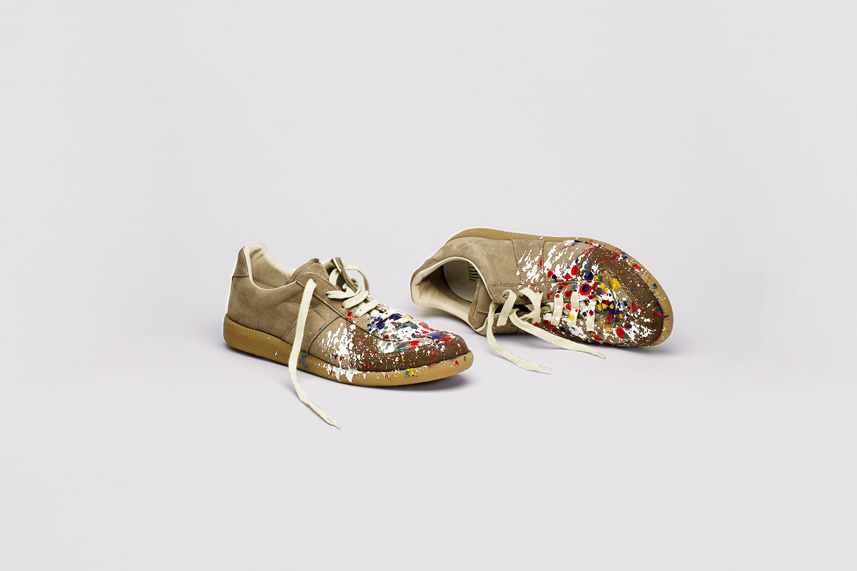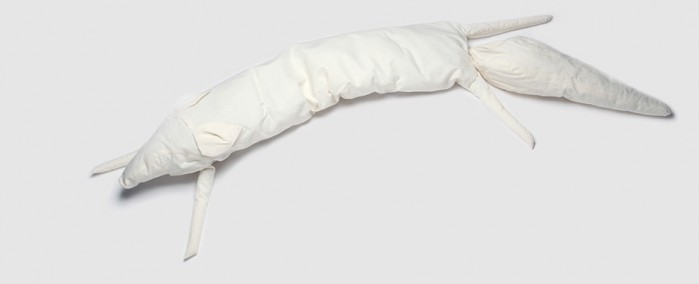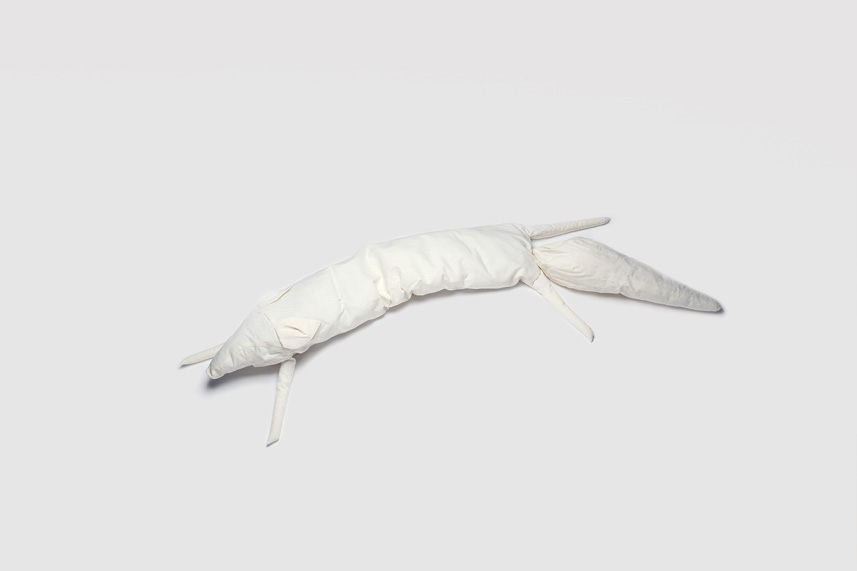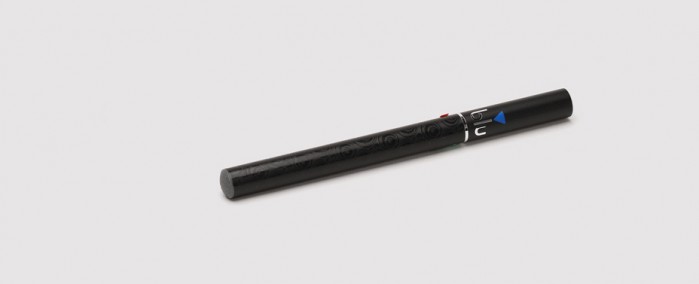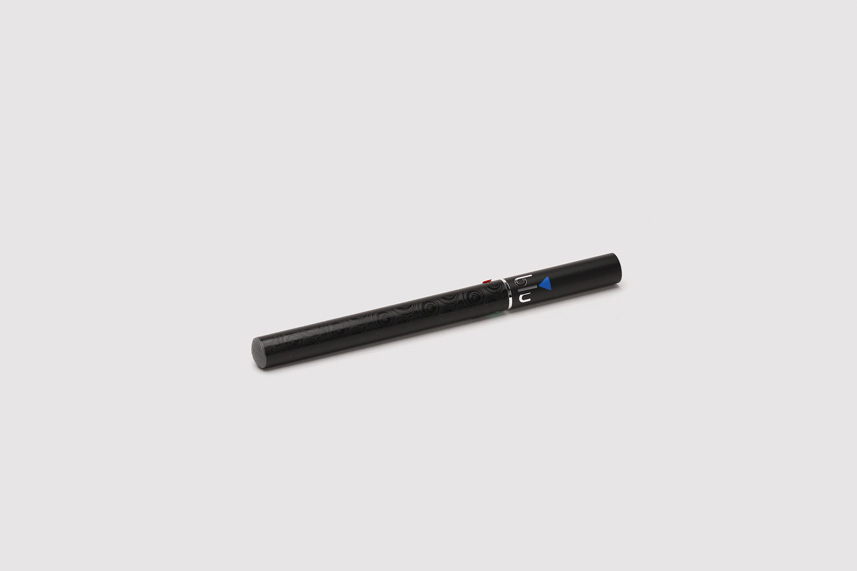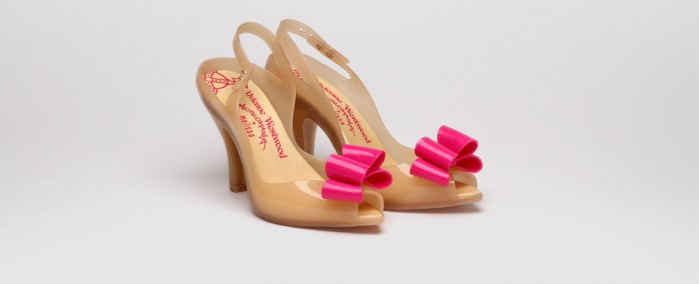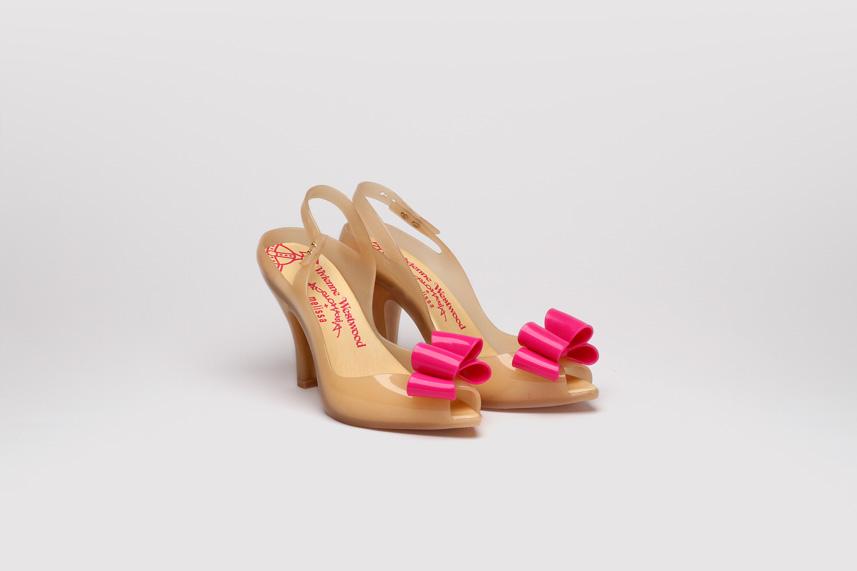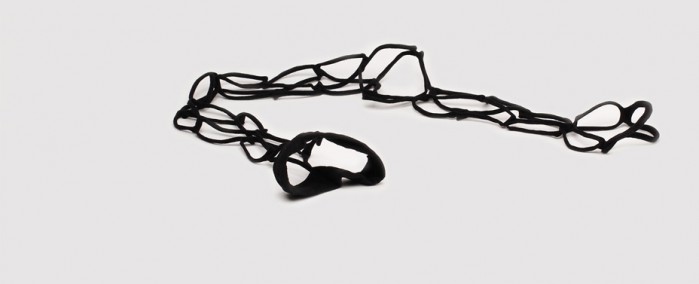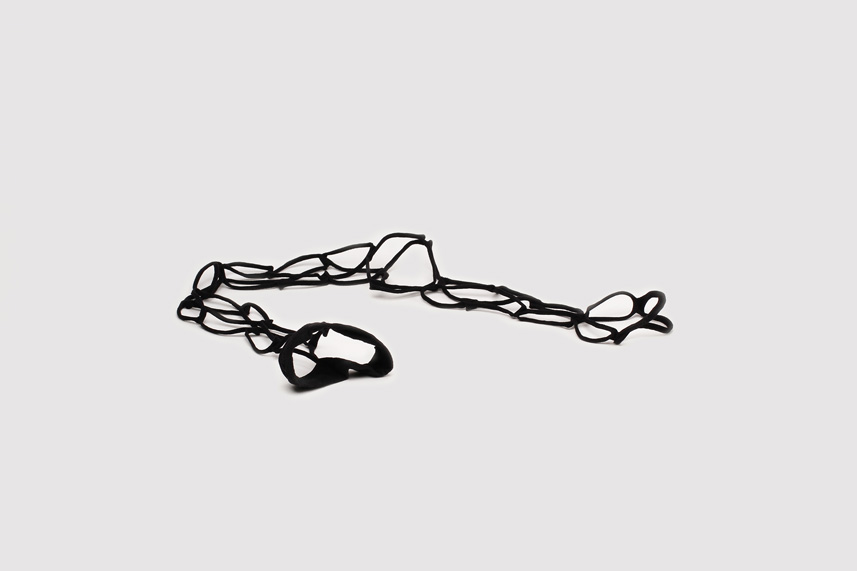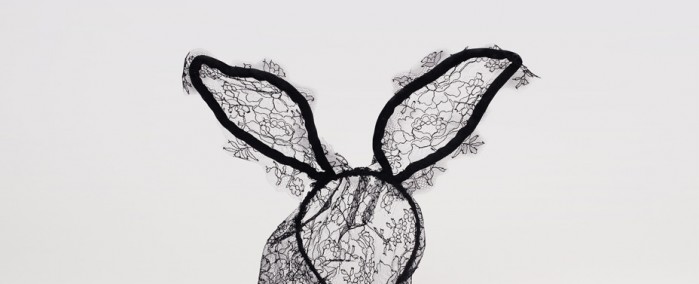THE PROJECT
DILLER SCOFIDIO + RENFRO
THE LOOK
Architecture is to building as fashion is to clothing: both may be seen as excesses of their functional roots. Whereas in fashion the adjective “architectural” is an asset, a positive term that applies to a design with distinctively strong structure and form, the term “fashionable” in architecture is pejorative, suggesting a fleeting trend with no lasting worth. Architecture’s aspiration to permanence is a product not only of the high investment required to build but also of its commitment to lasting values. Fashion, by contrast, is driven by the manic desire to constantly refresh. The life span of a trend is a season, not a century. Both disciplines converge at the classic, a status reserved for the rare design of irreducible perfection that can withstand the test of time. The architectural photography of Julius Shulman provides important insights into temporal alignments between architecture and fashion as well as the slippages between them. These photos capture classic mid-century modern houses and the lifestyles of their inhabitants: a dashing man prepares martinis while his shapely wife mingles with dinner guests or lounges poolside, soaking up the sun. Although the buildings in these photos have retained a timeless quality, their inhabitants appear anachronistic. The clothing and styling that once epitomized simple elegance instead date the inhabitants and inadvertently reveal the building’s true age. One of architecture’s modernist icons, Philip Johnson’s Glass House of 1949, provides a relevant case study. An influential Museum of Modern Art board member, Johnson used the house as a salon, where he would host New York’s cultural elite. These gatherings were documented in casual photographs over the years, and each decade from the 1950s through the 1990s is discernible from the guests’ clothing styles, set against the classic backdrop of the house. These archival photos form a record of the last half century of fashion. Occasionally these images reveal unexpected alignments between architecture and fashion across time. The preppy-hipster look of the stylish figure visiting the Glass House could easily be mistaken for that of a fashion forward visitor today were he not such a recognizable cultural icon. A guest at a garden party in the early years of the house dressed in a 1947 Christian Dior bar suit might appear similar to a present day visitor wearing one of the 2012 New Look revivals designed by Raf Simons for Dior. As trends typically come and go, only to return again, the fast wheel of fashion sometimes falls into alignment with the slow motion of architecture. This peculiar synchrony between “fashion time” and “architecture time” is both unsettling and liberating. The Look is a narrative in eighteen scenes about youth, aging, timelessness, and identity. It is set in an ambiguous time. Dispersed throughout are ten accessories that comprise the 2013 capsule collection. These selections from runway couture and ready-to-wear collections are “assisted” classics. They are so highly mannered with today’s sensibilities that they live in the state of the past-present. The Glass House is a key protagonist.
THE COLLECTION
DILLER SCOFIDIO + RENFRO
ONE – MARTIN MARGIELA
Object: Cork Lace-Up Shoes
This classic leather oxford is surfaced with a glazed cork skin. Harvested from cork oak trees, bark tissue is boiled in water to break down its cell structure, then dried and shaved into thin sheets pliable enough to shape over a curved surface. The soft wood is glued to a leather lining and finished with a glossy protective sealant. First introduced in plate IV
DILLER SCOFIDIO + RENFRO
TWO – LOTHO
Object: Yuwano Sunglasses
A step removed from Jackie O’s glamorous, oversize sunglasses, the Yuwano model features lenses disengaged from their frames, breaking the pure functional relationship between the two. The circular Zeiss lenses misalign with their gratuitously large acetate frames. This excess superimposes a cartoonish expression on the face that it hides. First introduced in plate VIII
DILLER SCOFIDIO + RENFRO
THREE – ROCK & CANDY
Object: London Wedge Sneakers
Both tomboy and femme, this hybrid shoe grafts the upscale Isabel Marant wedge onto the classic Converse All Star sneaker. The casual punk of the sport shoe submits to the drama and sexuality of the high heel, subverting its function and the gendered associations of both. First introduced in plate IX
DILLER SCOFIDIO + RENFRO
FOUR – SLOW AND STEADY WINS THE RACE
Object: Pearl Necklace Earring
A simple string of freshwater pearls—the ultimate symbol of conservative femininity and upscale elegance—is severed and slung over part of the neck. The piece can be seen as a broken necklace suspended by the ears and also as a single earring stretching from lobe to lobe. First introduced in plate XI
DILLER SCOFIDIO + RENFRO
FIVE – MARTIN MARGIELA
Object: Splatter Replica Sneakers
Maintaining the classic shape of 1970s Austrian military trainers, these sneakers are crafted from napa leather with soft suede detailing and a gum outsole. Seemingly spontaneous but actually calculated in execution, the drops of paint all over the shoes emulate the irreverent machismo of Jackson Pollock. What appear to be chance splatters are actually crafted by an artisanal hand. First introduced in plate XII
DILLER SCOFIDIO + RENFRO
SIX – SLOW AND STEADY WINS THE RACE
Object: Faux Fox Stole
A shawl made from the skin of a single animal (its head included), the fur stole was once the accessory of choice of the Hollywood glitterati. Acknowledging that the stigma of animal slaughter is now part of the cultural conscience, this ethical translation of the traditional garment takes the fox stole’s form but replaces animal hide with muslin—the cheap, generic cloth used in tailoring to test fit a garment before a finer material is used. First introduced in plate XIII
DILLER SCOFIDIO + RENFRO
SEVEN – BLU
Object: Disposable E-Cig
In updating traditional smoking, the e-cigarette forgoes the smoke but preserves the act—selling a simulated, sterilized cool. Its skeuomorphic design retains the slender form of a traditional cigarette, but inside, a battery-operated atomizer vaporizes a liquid solution of nicotine and flavorings that is inhaled and exhaled as steam rather than smoke. A spectral blue glow intensifies upon inhalation, re-creating the light of the smoker’s pull. First introduced in plate XIII
DILLER SCOFIDIO + RENFRO
EIGHT – VIVIENNE WESTWOOD ANGLOMANIA FOR MELISSA
Object: Lady Dragon IX Pump
This simple sling-back pump is both present and absent. The “nude” shoes are intended to match the skin of the wearer but are far from invisible. The latex surface has a fetishistic medical sheen, and the bright magenta multilooped bow—an accessory to the accessory—concentrates the shoe’s erotic charge into a moment of pure feminine excess. First introduced in plate XIV
DILLER SCOFIDIO + RENFRO
NINE – LEG AVENUE
Object: Jumbo Fishnets
The reveal-and-conceal concept of the fishnet stocking has endured as a symbol of illicit eroticism even as most other once-risqué fashion has merged with the mainstream. These thigh-highs take the diamond fishnet pattern to an extreme, stretching the netting so wide open that the legs seem on the verge of falling through. First introduced in plate XV
DILLER SCOFIDIO + RENFRO
TEN – MAISON MICHEL
Object: Heidi Rabbit with Veil
This headband conjoins the mourning veil of Victorian era Christianity and the bunny ears of contemporary American soft-core porn. The veil reflects the binary ideology that plays out in much of modern women’s fashion—for the young, a childlike costuming that suggests an infantilized adult sexuality, and for the no longer young, a matronly mummification, sexlessly entombing face and body as if death has already arrived. First introduced in plate XVI
CREDITS
Project by
DILLER SCOFIDIO + RENFRO
Photography by
MATTHEW MONTEITH
CAST AND CREW
Housewife 1 – Elodie Passelaigue
Housewife 2 – Cynthia Basinet
Housewife 3 – Katy Hinson
Housewife 4 – Rose Jensen
Housewife 5 – Michelle Della Fave
Tomboy – Gianna Denis
Sugar Daddy – David Abelson
Ex-Husband – Barry Lehmann
Boy Toy – Mark Gettys
Housekeeper – Princess Rivera
Guests – Abby Merrick, Susan O’Doherty, Eva Bruno, Hallie Cooper Novack, Pamela Osowski, Claire Sanderson, Denise Poirier, Theodore Bouloukos, Jim Gallo, David Hochman, Michael Gentile, Mark Gorham, Philip Nuxoll, Jaffer Kolb, Scott Johnson, Ryan Moritz
Photography – Daniel Boardman, Matthew Cronin, Fabiola Menchelli, Dylan Nelson
Wardrobe – Allegra Colletti (fashion editor), Siobhan O’Brien, Guillaume Micholet
Production – Julia Simpson, Philip Nuxoll, Jeremy Lerner, Jordan Alexander, Hunter Giles, Christina Evans
Props – Ryan Moritz, Mavi Phillips, Jessa Farkas
Beauty – Janessa Pare, Helena Moke, Joel Yapching, Nicole Blais, Allie Smith, Erica Arce
DS+R Team – Kumar Atre, Jaffer Kolb, Trevor Lamphier
For more information on DILLER SCOFIDIO + RENFRO, please click here.
ACKNOWLEDGMENTS
DS+R and DESTE would like to acknowledge the participation of the Glass House and the National Trust for Historic Preservation. The Glass House, built in 1949 by architect Philip Johnson, is a National Trust Historic Site located in New Canaan, Connecticut. Special thanks to Henry Urbach, Christa Carr, Brendan Tobin, and Greg Sages of the Glass House. Thanks to Dakis Joannou for his support of the project. Additionally, we would like to thank Valerie Steele and Bridget Foley for their intellectual generosity in the early phase of the project.
